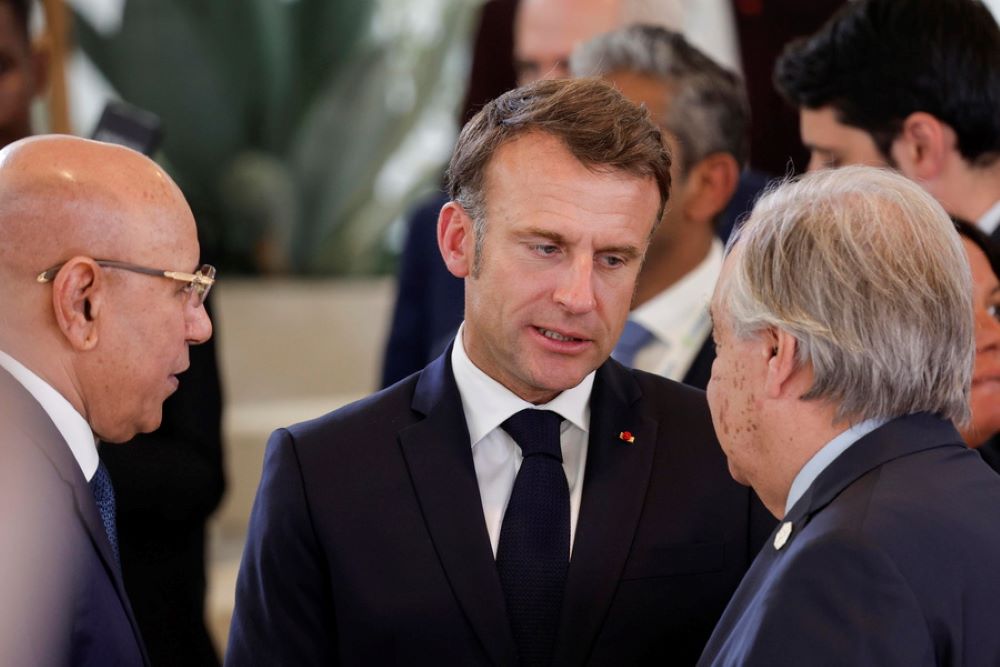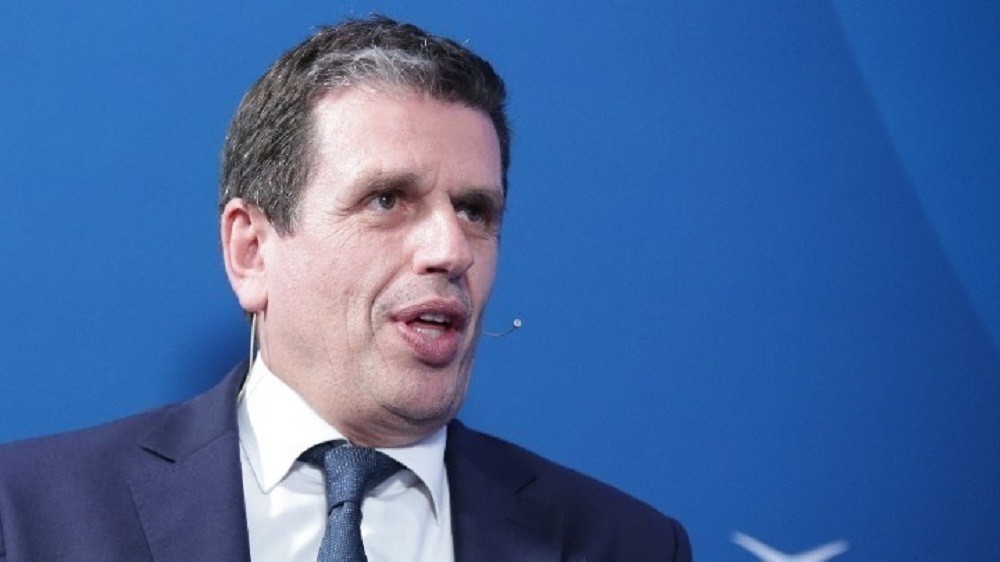
The emerging tetrapolar mad world: The need of de-escalation of the current nuclear race

FILE PHOTO: Κεριά σε σχήμα του συμβόλου της ραδιενέργειας ανάβουν στο Slavutich της Ουκρανίας 34 χρόνια μετά το ατύχημα, θέλοντας να δείξουν πως δεν ξεχνούν τα θύματα του ολέθρου. EPA/SERGEY DOLZHENKO
PANTELIS IKONOMOU, Peacefare.Net*
Nuclear weapons are a vital but latent dimension of the growing geopolitical competition. Nuclear capabilities continue to constitute a prime source of power in shaping global power relations amid dangerous non-nuclear conflicts and military confrontations. New power balances are forming.
The main emerging poles are two well-established ones, the United States and Russia, and two emerging ones, China and Europe (led by France as the EU’s last remaining nuclear power post-Brexit). The US and Russia have failed in efforts to engage China in new nuclear and ballistic missile agreements. France is trying to exercise leadership in Europe and the Mediterranean.
French President Emmanuel Macron has offered to open a “strategic dialogue” with willing European states prepared to accept the central role of France. He pointed out that “Europe should reinforce its strategic autonomy in the face of growing global threats and stop relying solely on the United States and the Transtlantic Alliance for its defense”
- Any excited system will sooner or later reach a state of equilibrium. A tetrapolar structure is emerging around the leading nuclear weapon states: the US, Russia, China and France. These four nuclear powers are flanked by others based on criteria of pragmatism and strategic necessity. The whole process is guided more by bilateral agreements than existing treaties and international institutions. The new tetrapolar world order appears as follows:
Around the US superpower stand nuclear UK as well as Israel, Japan, South Korea, Australia, Canada, and several European NATO states. The connecting force within this pole is American geopolitical primacy and its ambition to strategically control East and South Asia.
Around Russia will stand India, several former Soviet states, Iran, Iraq, Syria, Yemen, Libya, and sometimes Turkey and Egypt. This pole’s source of cohesion is nuclear deterrence against the Chinese threat, as well as geopolitical influence in the Middle East region.
Around China are Pakistan, North Korea and the majority of the developing countries in the Non-Aligned Movement (NAM). In this nuclear pole the predominant parameter is China’s nuclear deterrence of its US, Russian, and Indian adversaries as well as Chinese economic, military and political assistance.
France would be flanked by several southern European, Middle East and African states (and occasionally by Israel). The prevailing link in this alliance, besides historical and cultural references, is strategic influence on the wider region and security against a rising adversary, Islamic extremism.
Once a stable equilibrium is achieved, this new tetrapolar nuclear world order might allow the leading nuclear powers to realize the vast global threat they pose to humankind through their bilateral standoffs. Nuclear disarmament as requested by the Non-Proliferation Treaty (NPT, Art. VI) and emphatically repeated by the international community in the Nuclear Weapons Ban Treaty of July 2017 should be a top priority.
- De-escalation of the current nuclear race and terminating weapons “modernization” ought to be the initial objectives of the world powers aiming eventually to complete and irreversible global nuclear disarmament.
The current nuclear threat to humanity arises from the suicidal so-called MAD (Mutually Assured Destruction) nuclear strategy, It ought to be abolished. The threat of a nuclear apocalypse, whether by intent, accident, or miscalculation, will be at its highest level ever so long as MAD prevails in this tetrapolar world.
* Former nuclear IAEA inspector. This article draws on the author’s book “Global Nuclear Developments – Insights of a former IAEA nuclear inspector,” Springer, May 2020.
Greece in second pandemic wave since early August; new cases total 399 on Tuesday

